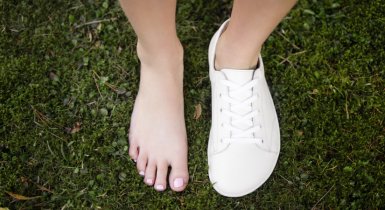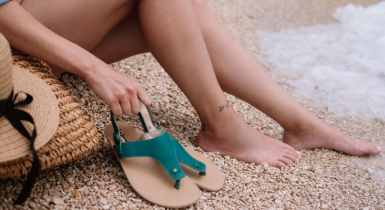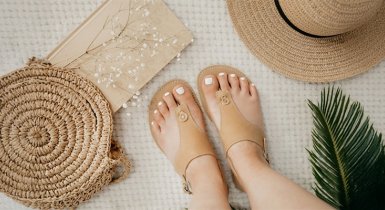Only Foot-Shaped Is the Right Shape: Why Barefoot Shoes Respect the Foot
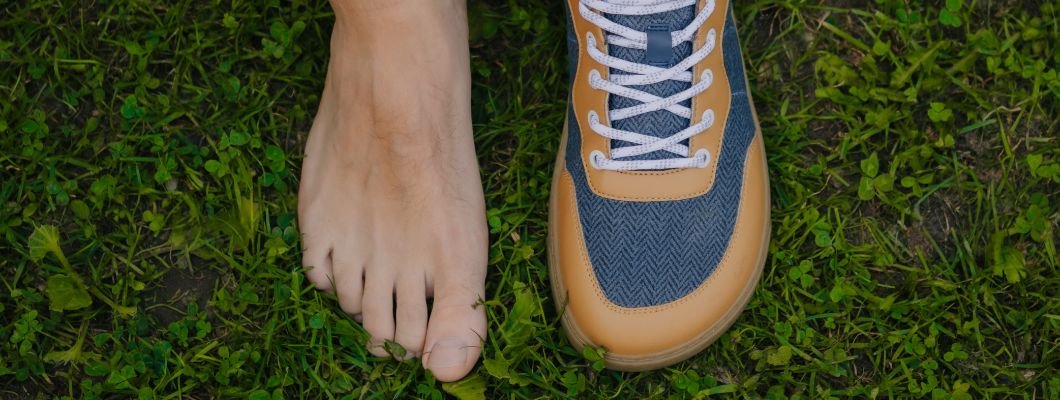
Your feet are your foundation — strong, complex, and beautifully designed for movement. Yet, most shoes don’t respect that. The barefoot philosophy changes this by creating foot-shaped shoes that support natural function, balance, and comfort. At Be Lenka, we believe only foot-shaped is the right shape — and here’s why.
Table of contents
- Our feet deserve space and freedom
- Free toe movement — natural stability
- Barefoot as prevention from foot deformities body
- Design and comfort without compromise
Our feet deserve space and freedom
Each of our feet is a masterpiece of natural engineering — 26 bones, 30 joints, and over 100 muscles, tendons, and ligaments working in perfect harmony. This complex system supports our entire body, helps maintain balance, and absorbs shock while walking.
Unfortunately, most traditional shoes disrupt this natural structure. Their narrow toe boxes and rigid soles force the foot into unnatural positions, restricting movement and causing issues like bunions, hammertoes, or fallen arches.
Foot-shaped barefoot shoes restore what conventional footwear takes away — freedom, flexibility, and healthy movement. They give your toes the space they need to spread naturally, improving posture and reducing tension throughout the body.

Free toe movement — natural stability
Foot-shaped shoes support the natural biomechanics of the human foot. With a wide toe box, flexible materials, and a zero-drop sole, barefoot shoes mimic walking barefoot while providing protection.
- Wide toe box: Gives the toes enough room to spread and engage.
- Thin, flexible sole: Encourages better ground feel and balance.
- Zero-drop design: Keeps heel and toe on the same level, ensuring proper posture.
This structure allows for optimal muscle engagement, even weight distribution, and improved stability. Over time, barefoot shoes help strengthen the entire lower limb — from toes to hips.
Lightweight barefoot designs also alleviate foot pain and discomfort. They support recovery from muscle strain, joint stiffness, or tendon tension caused by years of restrictive footwear.
Barefoot as prevention from foot deformities
Many people don’t realize that supportive or overly cushioned shoes can weaken their feet. Constant arch support and thick soles reduce muscle activity and can lead to instability or deformities.
Barefoot shoes, on the other hand, strengthen your foot’s natural arches and train the muscles to support themselves. The extra space in the toe area prevents bunions, hammertoes, and overlapping toes, while allowing free movement and healthy alignment.
Over time, this promotes better posture, balance, and overall body symmetry. A strong foot is the first step toward a strong and stable body.

Design and comfort without compromise
The era when “healthy shoes” meant boring is over. Be Lenka and Barebarics combine modern design with natural ergonomics, creating barefoot shoes that are both stylish and supportive.
From minimal leather sneakers to sporty vegan models, every Be Lenka pair respects the natural anatomy of the human foot. Made from high-quality European materials, these shoes are durable, flexible, and incredibly comfortable.
Whether you prefer classic elegance or urban style, Be Lenka barefoot shoes let you move naturally while looking effortlessly chic.
Conclusion
Your feet were never meant to be squeezed or lifted on thick soles. They were designed to move freely and connect with the ground. Choosing foot-shaped barefoot shoes isn’t just a style decision — it’s an act of self-care and long-term health.
At Be Lenka, every model is crafted to respect your anatomy, restore natural movement, and bring you comfort with every step. Because only foot-shaped is the right shape.
Discover Be Lenka barefoot shoes → Explore the collection.
Sources
- Fuchs, K., & Hsu, Y.-C. (2023). Biomechanics of foot-shaped footwear: restoring natural function. Footwear Science, 15(3), 212–229.*
- Di Michele, R., & Kimura, H. (2024). Minimalist design and foot health: Long-term benefits of barefoot shoes. Journal of Human Movement, 12(1), 78–95.*
- Švecová, L., & Konrad, A. (2024). Effects of zero-drop footwear on posture and stability. Frontiers in Orthopedic Research, 10(2), 133–150.
- Torres, R., & Gabriel, A. (2025). The role of natural toe splay in balance and locomotion. Journal of Applied Biomechanics, 19(1), 45–62.*
What makes barefoot shoes different from traditional shoes?
+ -They have a wide toe box, flexible thin sole, and zero heel rise, which allows the foot to move and function naturally.
Can barefoot shoes prevent foot problems?
+ -Yes. They can reduce the risk of bunions, hammertoes, and collapsed arches by encouraging natural alignment and strengthening muscles.
Are barefoot shoes suitable for everyday wear?
+ -Absolutely. Be Lenka and Barebarics offer barefoot shoes for work, sports, leisure, and formal occasions — comfort meets style.
 DE / USD
DE / USD

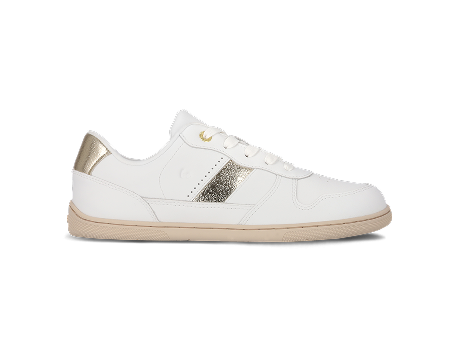

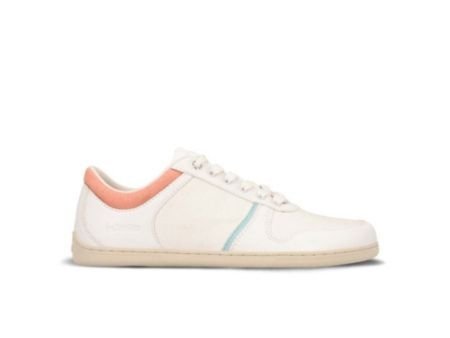
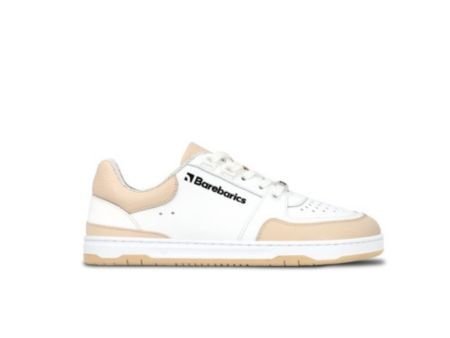

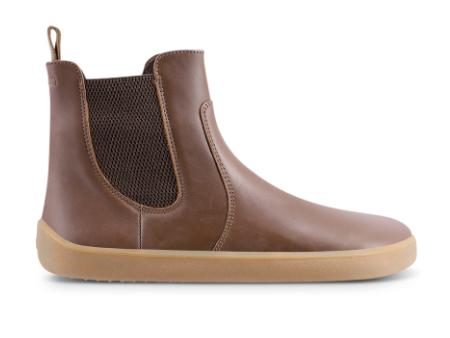


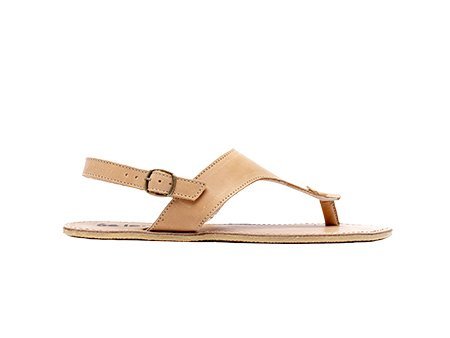
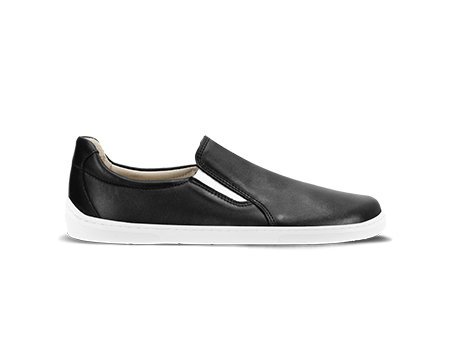

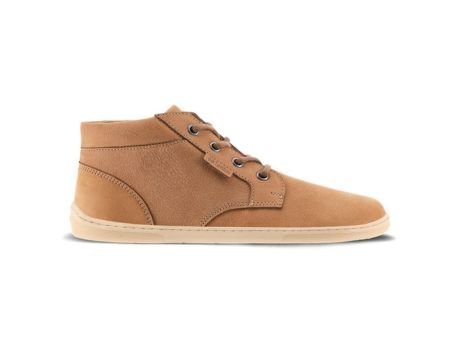

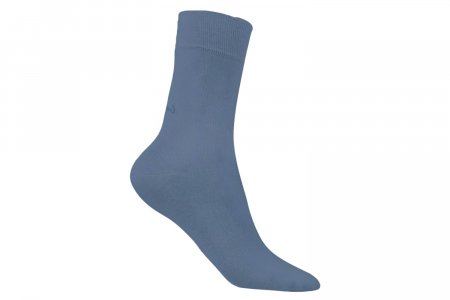
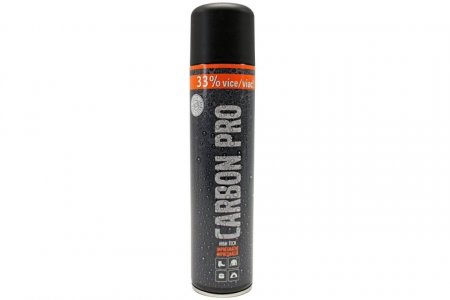
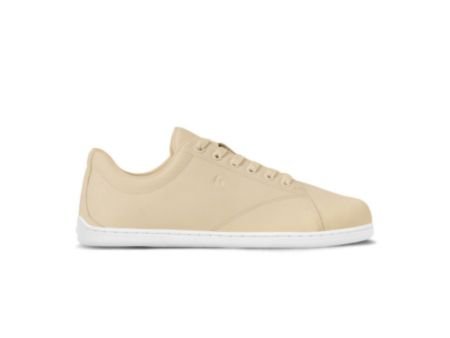
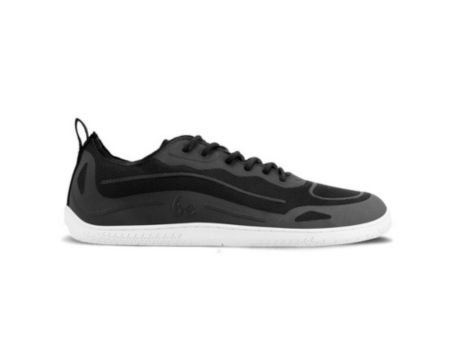
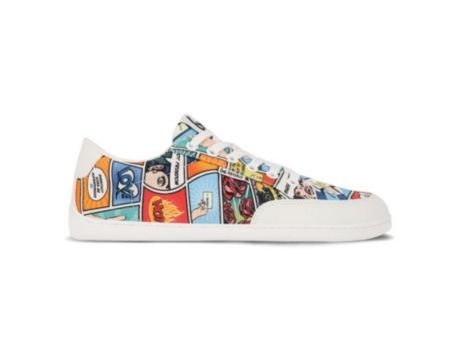

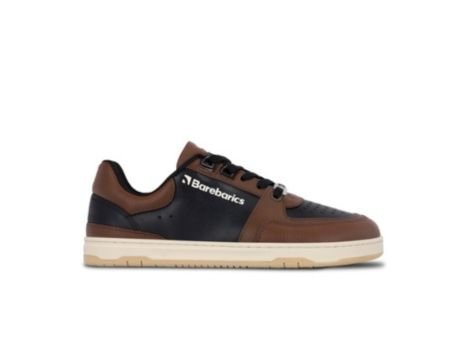


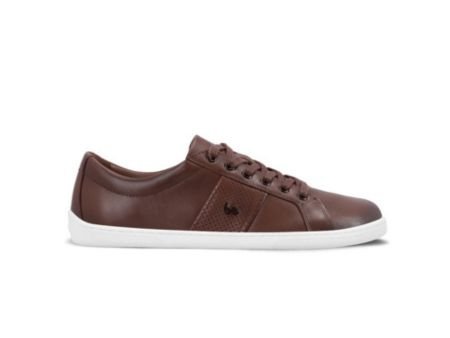
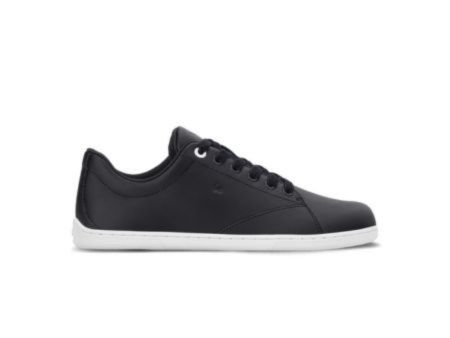
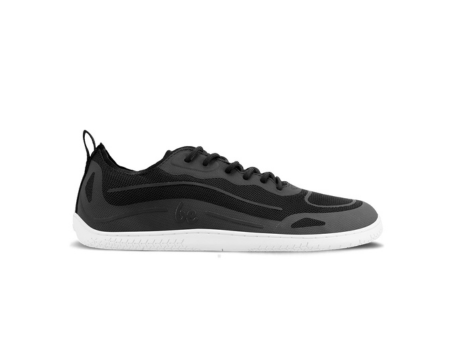

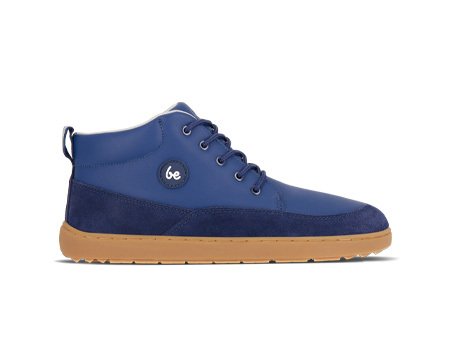

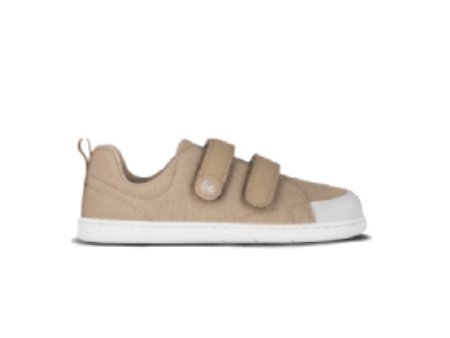

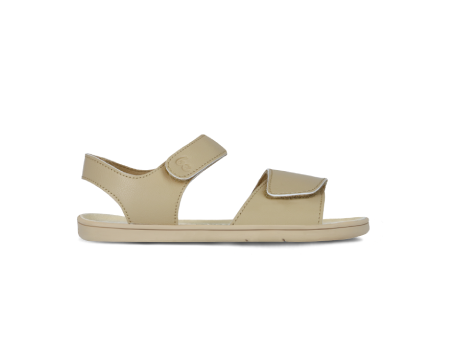
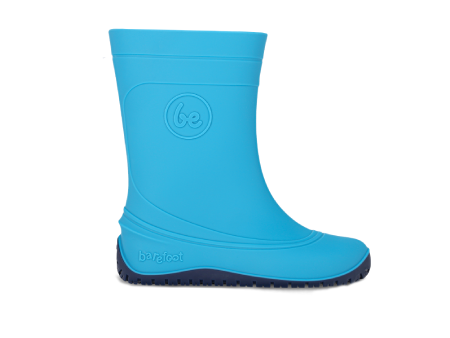
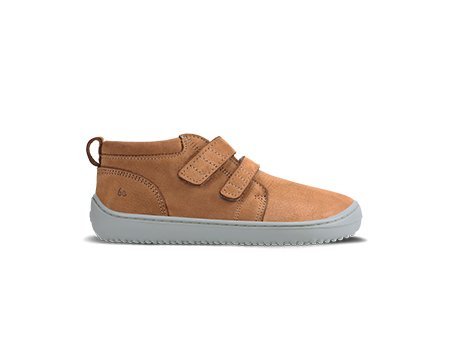
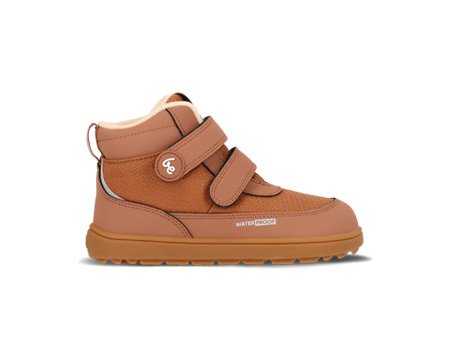
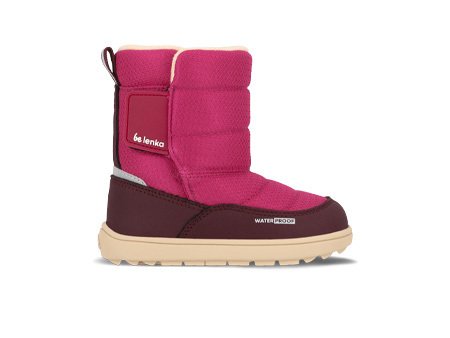

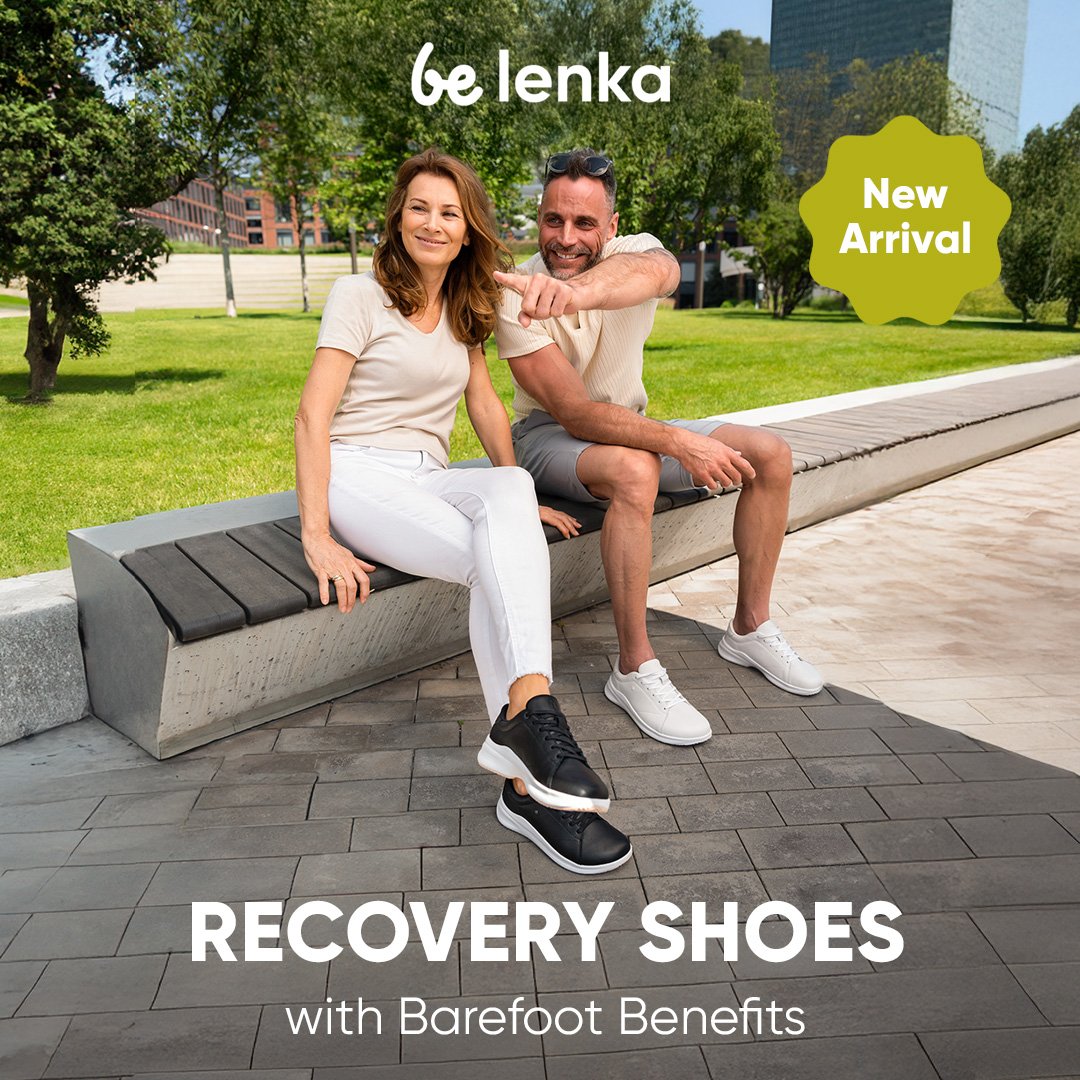
 Be Lenka
Be Lenka

